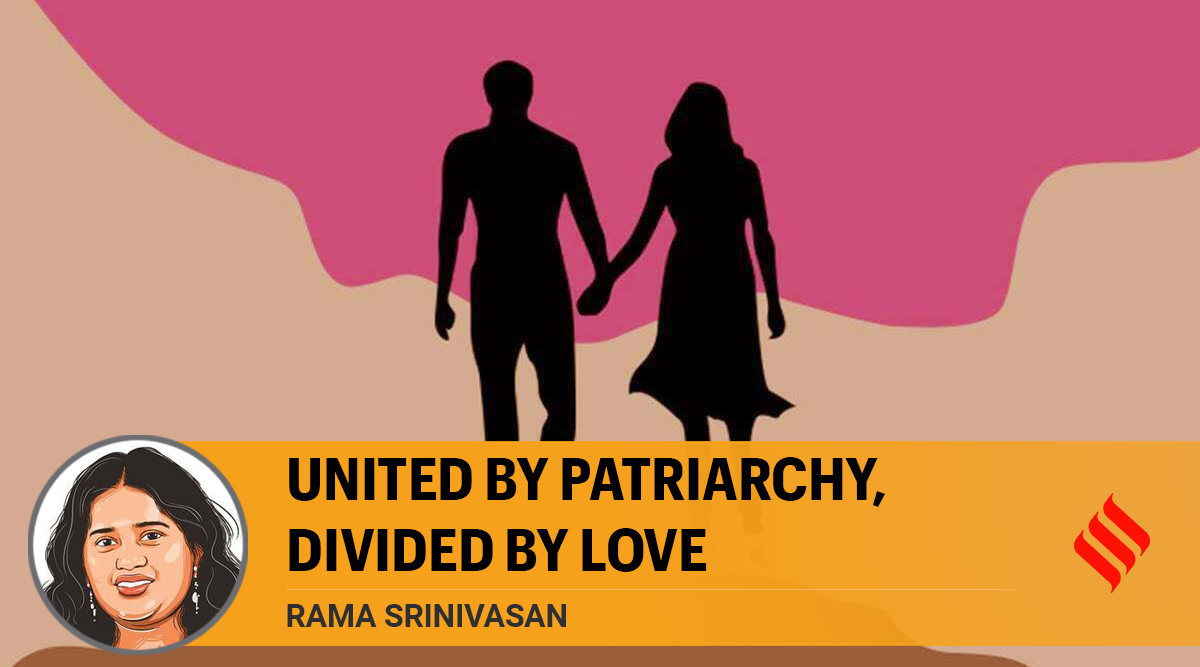[ad_1]
During the years 2014 and 2015, I conducted my research thesis at the High Court of Punjab and Haryana, which consisted of observing countless legal proceedings in cases filed by couples on the run for the protection of their fundamental right to life and liberty. In the majority of those cases overseen by the High Court of Punjab and Haryana, protection against physical harm and interference was granted on a routine basis, which took only a small fraction of court time. But in cases where parents were present in courtrooms, proceedings could become chaotic and lengthy, as most judges attempted to treat all parties involved fairly. One case that is etched in my memory involved a large group of community members and neighbors from the village accompanying the family. The courtroom and the hallways beyond were crowded, and family members physically intimidated the couple under the judge’s nose. They boasted of their vast lands and denigrated the humble origins of the young suitor.
This case did not involve conversion, the adulthood of the woman who had run away was never questioned, nor a huge age gap. There was class, caste and the good old-fashioned patriarchy. The judge ultimately granted the protection appeal, but the couple’s life together seemed very uncertain. Months later, their lawyer informed me that the couple had been forcibly separated at an interstate bus station, but the man had chosen not to take the more prudent option in front of him – a petition for habeas corpus. From my research in rural northern India, I guessed that her partner would be married very soon.
The family in question were wealthy Sikh Sikhs from Haryana, but the name of the community is irrelevant. In my research, I have seen families from all communities resist interfaith or intercast matches as much as they resist unions involving a legal minor. There are countless cases of couples belonging to the same caste and family groups (but not intra-Gothra) who fear for their lives since their court angered the woman’s family. In short, when you celebrate a wedding in North India by choice, the prevailing maxim is to do so at your own risk.
The data from the Pew Research survey is not surprising in this context. A majority of Indians do not prefer interfaith and intercast marriages. Conversion is hardly important in this context. India has a strong law that allows interfaith marriage, but the bureaucracy, which is responsible for facilitating unions, is known to create barriers and seek parental advice although it is unimportant. Couples who marry without their family’s consent can hardly hope to clear the 30-day waiting period without obstacles, when a majority of society and bureaucracy is convinced they are making a mistake. In addition, according to press reports, Hindu self-defense groups with links to district administrative offices as well as the courts are attentive to anyone who dares to deviate from the norms. In such a situation, it is misleading to suggest that couples could choose a marriage under the Special Marriage Act instead of opting for conversion. Free choice on the question of marriage does not exist for a majority of Indians, even on a decision not to marry.
Manmeet Kaur or Zoya has become the latest face of the dubious question of forced conversions and marriage, although the case, in reality, still concerns the good old patriarchy very much. The chairman of the Sikh All-Party Coordinating Committee in Jammu and Kashmir, Jagmohan Singh Raina, reportedly said there were no cases of forced conversions of Sikh women but, in another interview, he also demanded an anti-conversion and anti-inter-caste marriage law to end interfaith marriages. The price of community harmony at J&K, he said, would be for India to take away the right of adults to forge exogamous marriages if that is their wish rather than for disappointed family members and uninteresting community members. in the matter of simply accepting that all adults have a fundamental right to life and liberty.
Since age is a major point of contention in history, this aspect may as well be addressed. Manmeet’s age has been disputed – her Muslim partner Shahid Bhatt claims she is 22 – but there now appears to be a consensus on the 18 years her Aadhaar card mentions. The infantilization of the young woman never depended on the accuracy of the ages claimed. The rumor that she had different abilities was another ugly side of the campaign that sought to delegitimize her choice.
Although there was an affidavit attested to by a district court as well as a video which strongly suggests that Manmeet had willingly converted and married Shahid, there is no evidence that the hasty second marriage did not take place. been forced.
Ensuring the veracity of her previous affidavit and / or her own consent upon the second marriage would require conditions where she can express herself freely, and with time and distance from her family. As a first step, Shahid will likely have to file a habeas corpus petition seeking court intervention. The rest of the voices – on and off social media – is just noise.
This column first appeared in the print edition on July 20, 2021 under the title “United by Patriarchy, Divided by Love”. The writer is a Marie Curie Fellow from Ca ‘Foscari University in Venice and the author of Courting Desire: Litiating for Love in North India
[ad_2]

